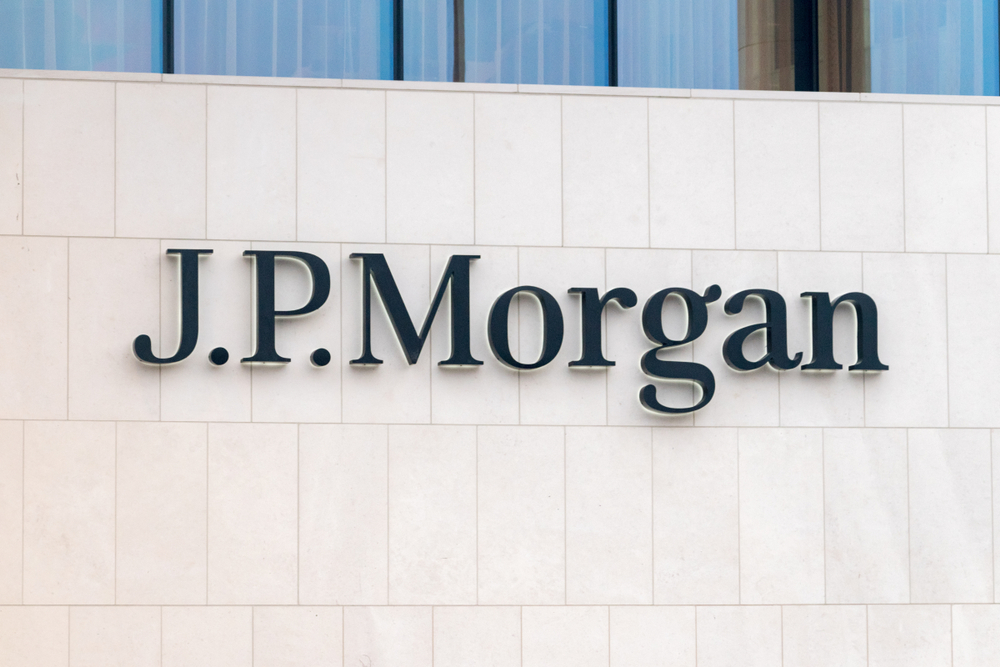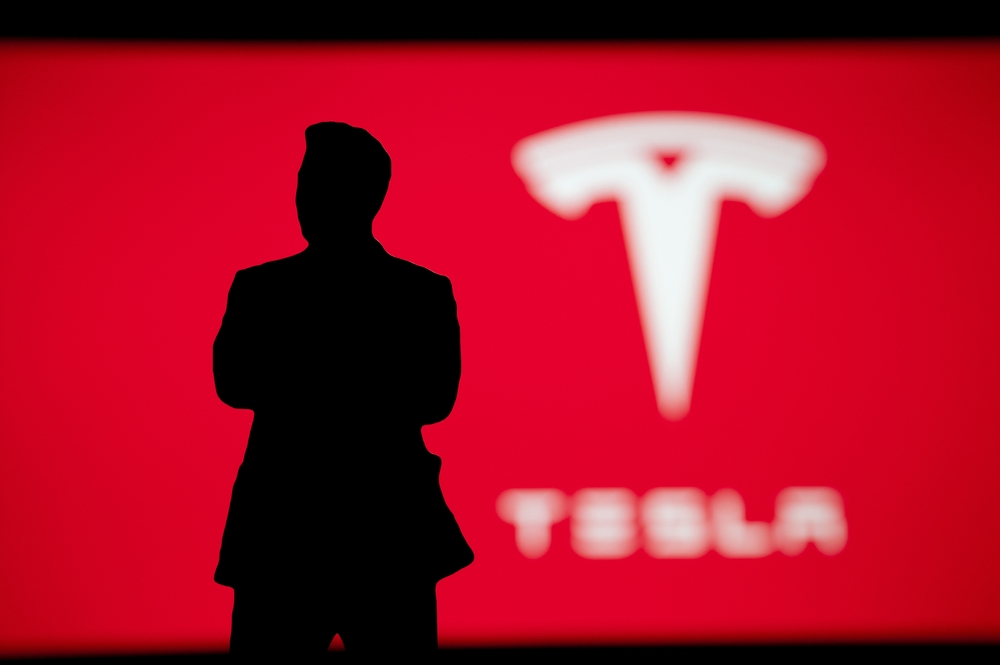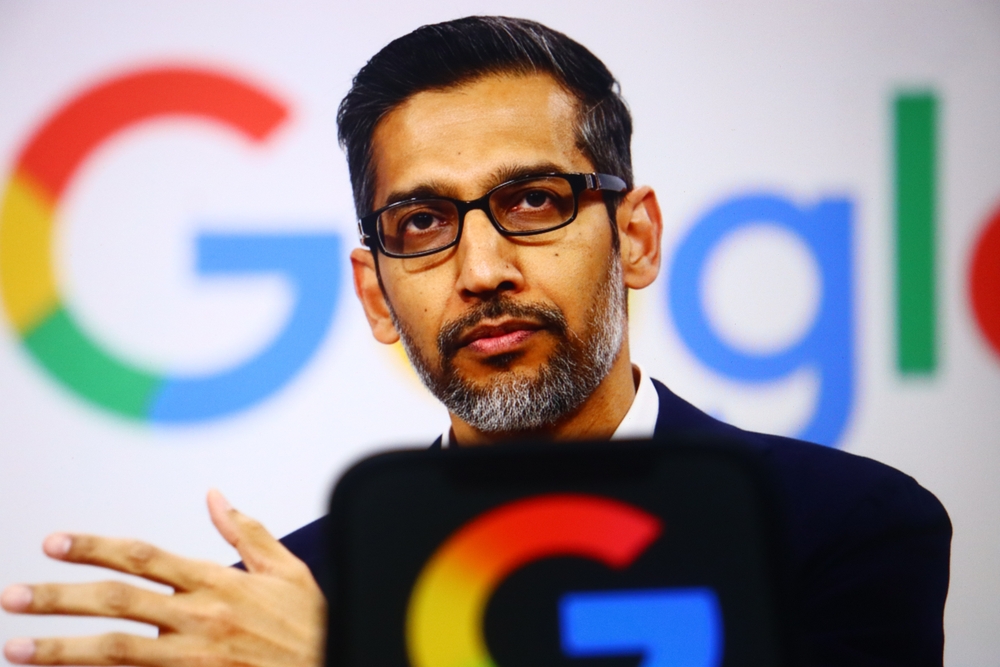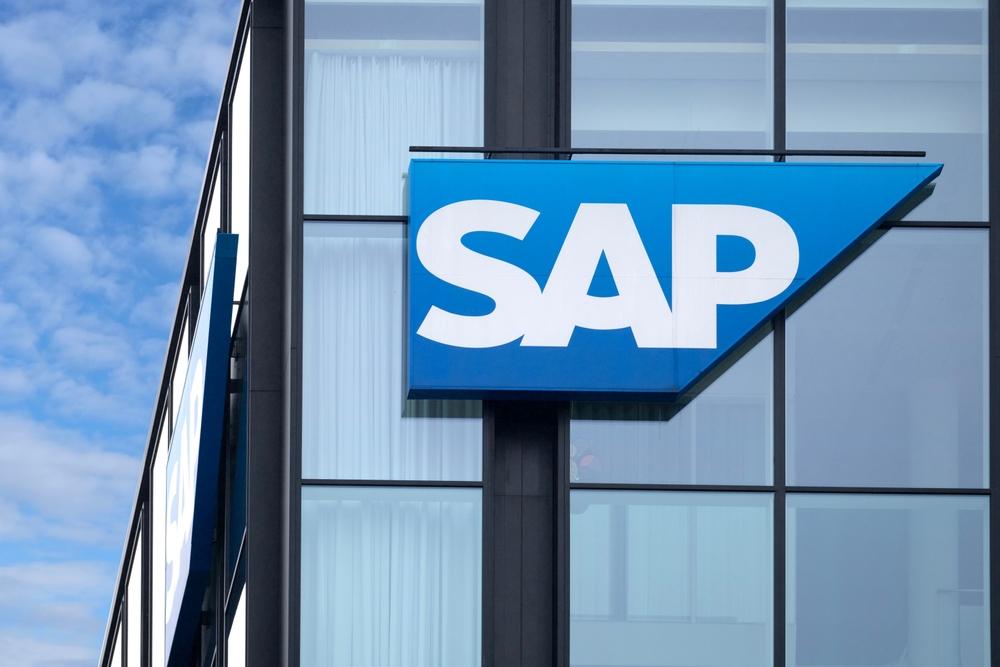The Rise of Online Shopping and Mobile Dominance
According to Mastercard SpendingPulse estimates, online sales in the U.S. surged by 14.6% this Black Friday, compared to a mere 0.7% increase in brick-and-mortar stores. The gap was even more evident when adjusted for inflation. Adobe says U.S. online sales reached a record-breaking $10.8 billion on that day.
Data from Adobe Analytics reveal the growing popularity of online shopping through mobile apps. Mobile purchases are on track to hit a record $128.1 billion this November and December, a 12.8% year-over-year increase. These devices now account for over half (53%) of all online sales, with this share continuing to grow. During the first 24 days of November alone, Americans spent $39.9 billion in this way, a 13.3% increase compared to the previous year. Modern shopping apps offer convenient payment options like Apple Pay and Google Pay, personalized recommendations, and loyalty program management. Retailers like Amazon are further driving mobile adoption with app-exclusive deals.
Retailers Compete with Discount Wars
This year, retailers aimed to draw in customers with deeper discounts, acknowledging that high inflation continues to pressure shoppers to save. Black Friday has long since expanded beyond a single Friday, with sales lasting for days or weeks. Giants like Amazon.com and Walmart are expected to break sales records again. However, some stores, particularly Macy’s and others with narrower product ranges, have faced weakening sales in previous fiscal periods. Salesforce estimates that during Cyberweek—the week following Black Friday—global sales will hit approximately $311 billion. Meanwhile, reports from the National Retail Federation (NRF), corroborated independently by Deloitte, project the smallest year-over-year growth in pre-Christmas sales in six years.
Brick-and-Mortar Stores Turn to Experiences
As online shopping grows, customers are less inclined to visit physical stores, which are often overcrowded and sold out during events like Black Friday. To counter this, brick-and-mortar retailers are offering attractions and events alongside discounts. For example, electronics retailer Best Buy allowed shoppers to test augmented reality glasses Ray-Ban and massive TV screens. Others even provided spa services in their stores. This strategy highlights a shift toward creating unique shopping experiences to entice customers and make store visits more engaging.
Conclusion
The Black Friday shopping season reflects changing consumer habits and the impact of uncertain economic conditions. Retailers are competing for customers with extended discounts, while technological advancements in online shopping continue to push boundaries. Brick-and-mortar stores are adapting to the new reality, emphasizing experiences to stay relevant. The trends underscore that digital transformation is essential for survival in this evolving industry.
David Matulay, analyst of InvestingFox
Warning! This marketing material is not and should not be construed as investment advice. Data relating to the past is not a guarantee of future returns. Investing in foreign currency may affect returns due to fluctuations. All securities transactions may result in both profits and losses. Forward-looking statements represent assumptions and current expectations that may not be accurate or are based on the current economic environment, which may change. These statements do not guarantee future performance. InvestingFox is a trademark of CAPITAL MARKETS, o.c.p., a.s. regulated by the National Bank of Slovakia.
Sources:
 English
English
 Slovak
Slovak
 Czech
Czech
 Hungarian
Hungarian
 Italiano
Italiano
 Polish
Polish





